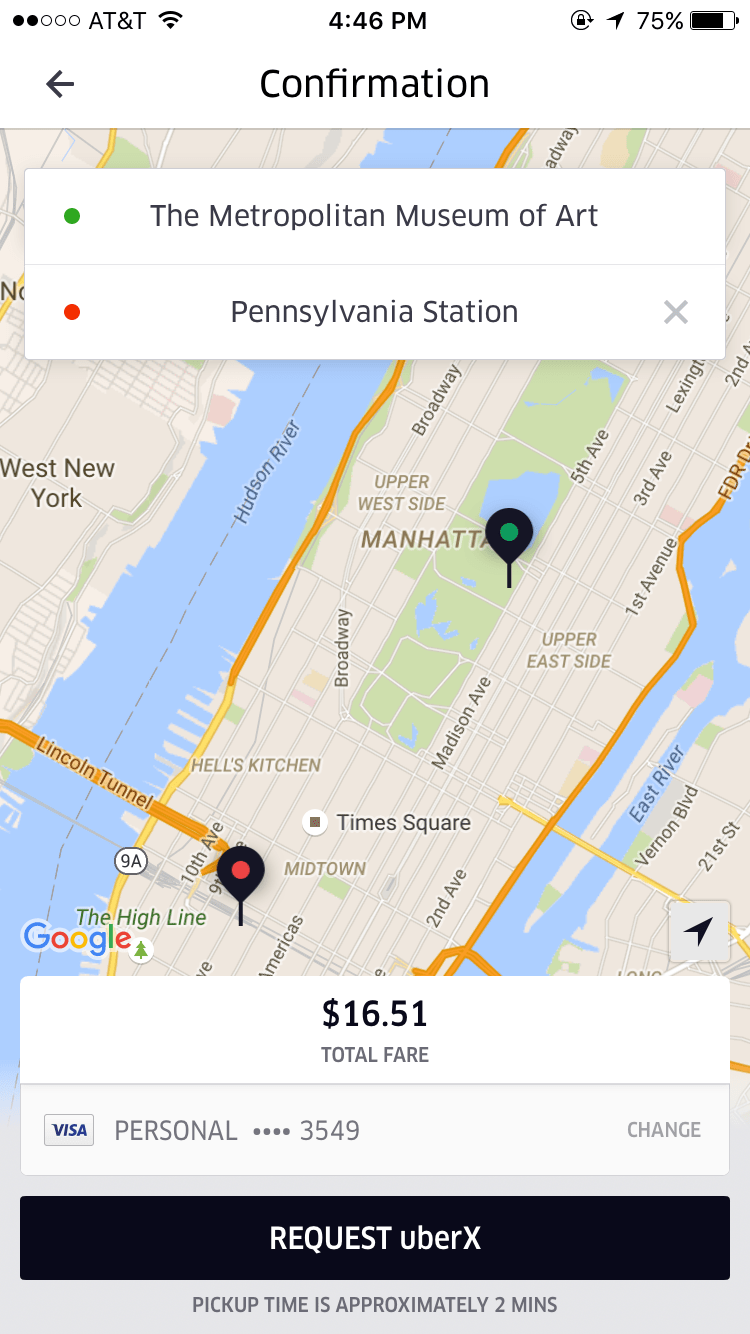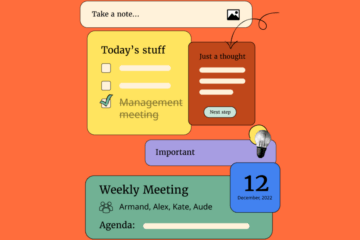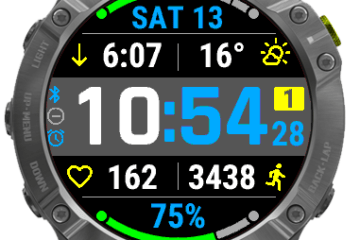/cdn0.vox-cdn.com/uploads/chorus_asset/file/6698117/NYC-3.png)
Surge pricing has long been Uber’s Achilles’ heel: all through durations of excessive demand, whilstthere are more riders than drivers, Uber increases its normal costs to inspire drivers to flood the quarter. Drivers adore it, regularly waiting to signal–on to the platform until surge pricing kicks in, but maximumpassengers hate it and a few critics equate it with charge gouging.
Now, Uber is trying out a new edition of its app that makes surge pricing nearly invisible to clients. The lightning bolt on the house display and pa-up field notifying riders that their fare will be increased areboth long past. rather, riders who input their locations can be presented with an ironclad, in advancefare.
So how will riders understand while surge pricing is in effect? in spite of everything, many penny-pinching riders favor to wait until after it’s far over earlier than hailing a experience. in preference to an in-your-face, blue-font-in-a-black-circle notification, the up to date version of the app warns riders with a line of fainttext about “improved call for” positioned below the fare. aside from that, surge pricing is MIA.
The idea is that riders could prefer to recognize how plenty they’ll be paying for their ride, rather than befaced with an summary multiplier that asks them to do a little brief math of their head before choosingwhether to hail a ride. “No math,” Uber says, “no surprises.”
“NO MATH, NO SURPRISES”
Uber is also assuming that surge pricing is now a everlasting a part of the experience of hailing a carthrough telephone. but this new approach of minimizing surge pricing seems in-line with Uber’s previousefforts to shift the point of interest away the unpopular feature. two years in the past, Uber agreed to cap surge pricing at some stage in herbal disasters or local emergencies. (as an instance, surge pricingbecome capped for the duration of the mass shooting at a gay nightclub in Orlando numerous weeks in the past.) The business enterprise even attempted to rebrand it as “dynamic pricing,” however nearly no one calls it that.
UberPool, the organization’s carpooling carrier, became the first to introduce upfront costs. Uber’sproducts division determined they preferred it enough to start rolling out to its different services, such as its most popular, UberX. starting in April, the company started out trying out upfront fares in six UStowns — new york town, Miami, San Diego, Philadelphia, Seattle, and some components of recentJersey; in addition to 5 cities in India — New Delhi (in which Uber become pressured recently to droopsurge pricing), Kolkata, Mumbai, Hyderabad, and Chennai. inside the next few months, Uber expects to roll out upfront fares — and nearly invisible surge pricing — to rest of its markets across the world.




